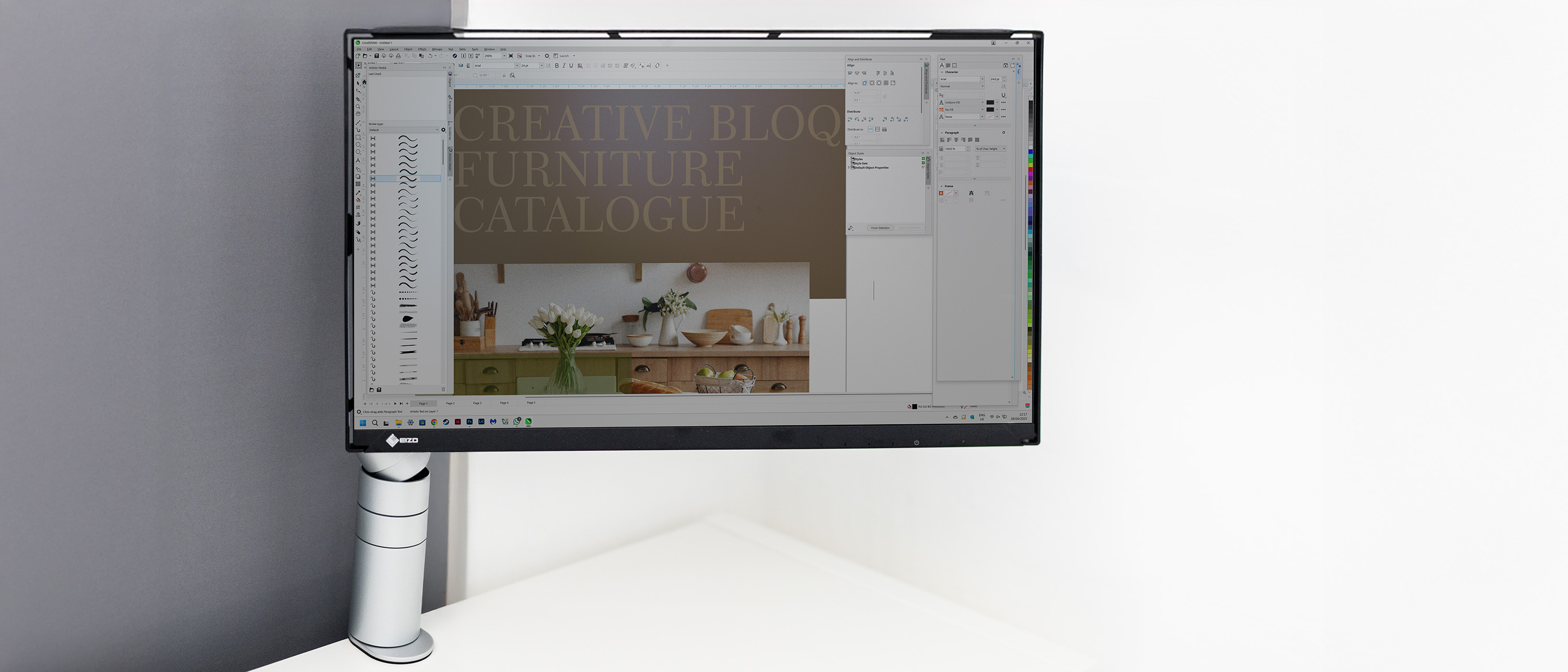Unreal Engine is a popular choice for game developers who want to create stunning realistic environments, which can be achieved even with limited resources. This has been even easier since Epic acquired Quixel, the world's largest photogrammetry library, featuring highly detailed 3D models and environments based on real-world high-definition photography. It's actually fundamental to the development of Lushfoil Photography Sim, a game about taking pictures in natural real-world locations that live up to the title's name.
Based in Japan, Matt Newell's interest in photography goes back to high school when he was learning about cameras, which also got him interested in colour design and cinematography. "Game development was never first," he admits. "But I always had an interest in games that leveraged new technology that was coming out to produce amazing visuals."
That interest led him to picking up Unreal Engine 4 as a way to create virtual environments, purely as a hobby, or for producing cinematics. It was only later that he decided to add mechanics that it would become Lushfoil Photography Sim.
Unreal Engine is ideal for solo devs
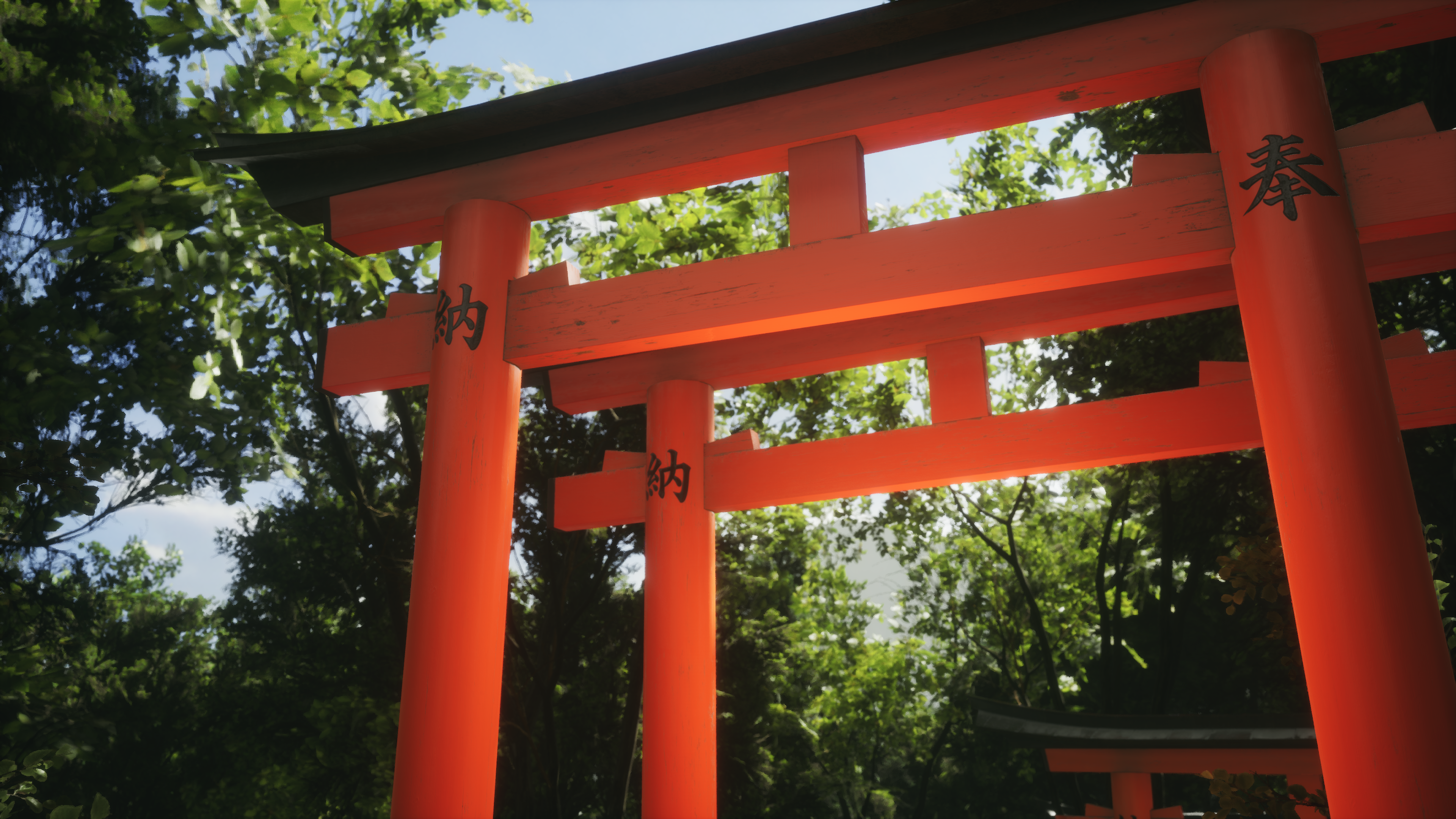
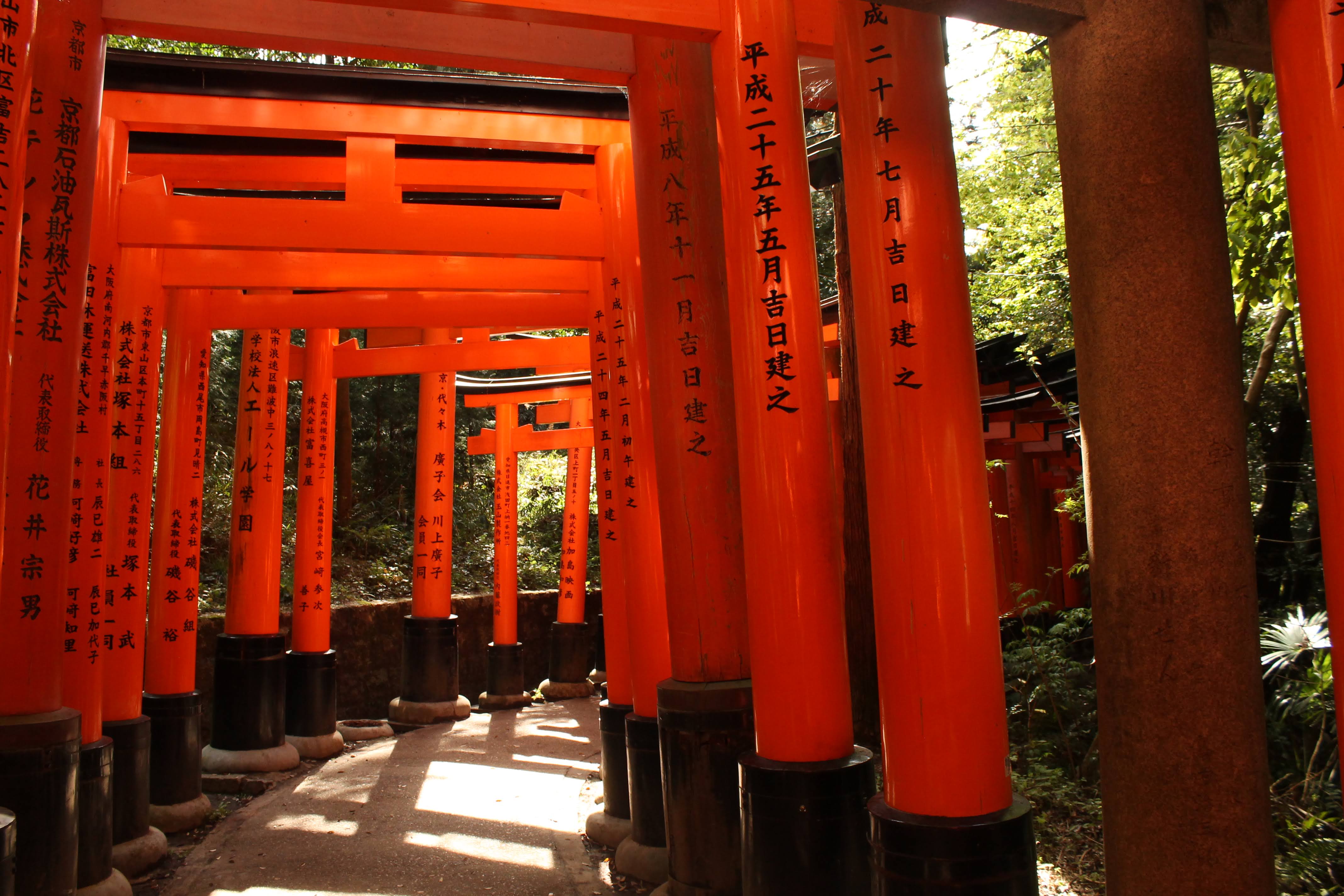
As a solo developer, he tells me that making the game has only been possible with not just Unreal Engine but also Epic's accessible resources. "Epic had made the Megascans library free, that's a huge library of photo-scanned assets. Without the Unreal Marketplace and things that are available, I'm not sure this project would have been possible," he explains. "Working by yourself, you can't really allocate a lot of time into every single asset and just have to repurpose stuff."
Lushfoil Photography Sim's locations, spanning across the world, from alpine mountains of Le Prarion to the countless Torii gates that line Fushimi Inaira Taisha in Kyoto, are largely places that Newell has himself visited and taken loads of reference photos and footage and then browse through asset packs to try and recreate them as faithfully as possible, comparing the process to music production: "It reminds me of browsing through music samples and then selecting ones that you want."
He admits that part of the recreation is also based on nostalgia, taking him back to his time at university when he always fantasised about travel, so there was a desire to recreate the feeling of visiting a place for the first time. That was only part of how he went about selecting what locations to have in the game.
"I also wanted to include a lot of variety," he says. "Most games usually only have a main theme that's then set for the entire game and there's no changing it too drastically. But I wanted to fit in as many different colour palettes and themes as I could just because I think it's more interesting. When you spend a lot of hours with the game, variety is what makes it really intriguing and keeps you interested."
Get the Creative Bloq Newsletter
Daily design news, reviews, how-tos and more, as picked by the editors.
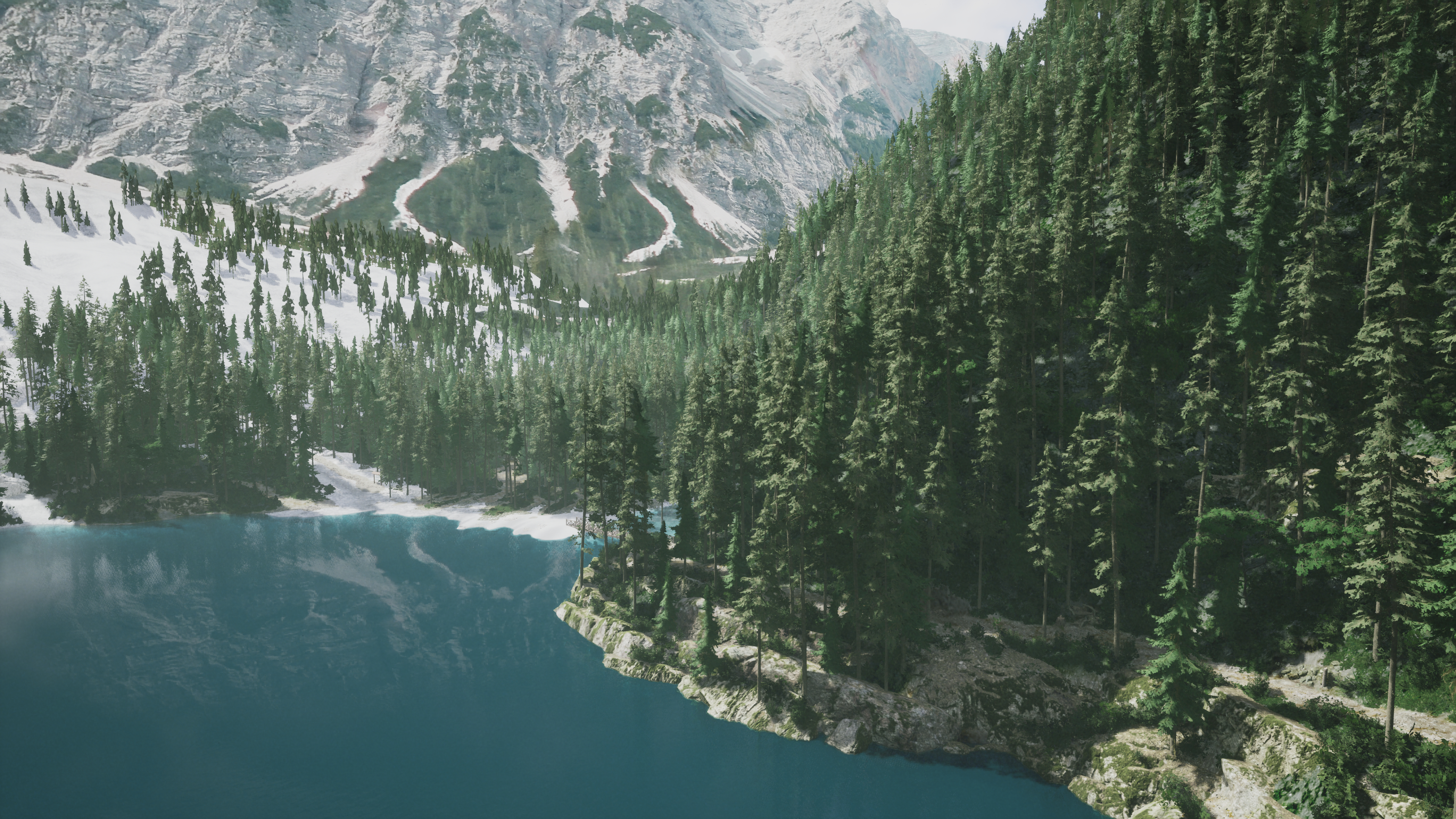
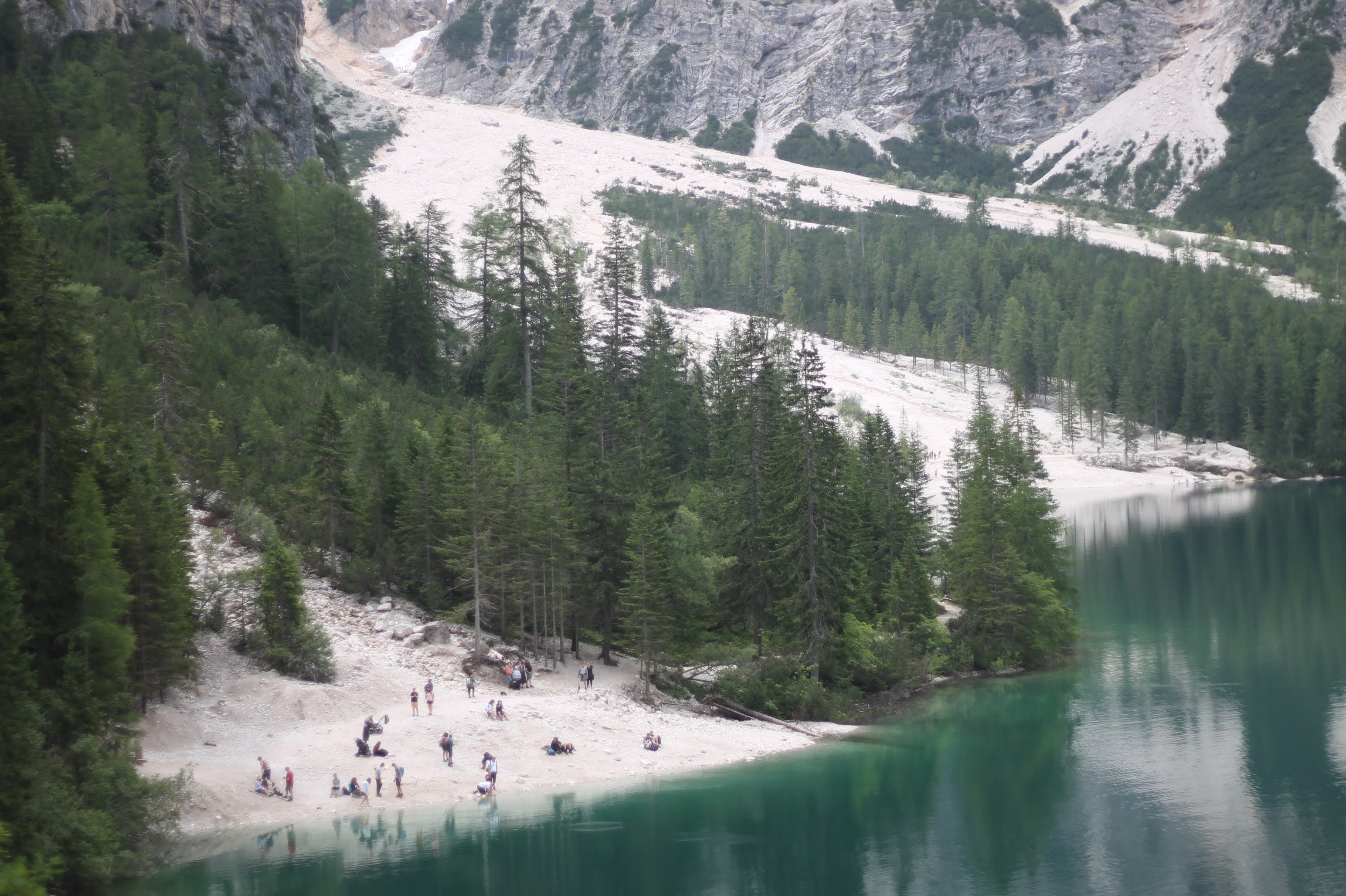
Since the project began around 2018, Lushfoil Photography Sim's development has moved over to Unreal Engine 5 (the game engine is seen as a game-changer for indies) but Newell admits he hasn't opted to leverage the new engine's flagship features like Nanite or Lumen, referring to it more as "a very optimised Unreal 4 project".
"I made the project in UE4 and all of the environments in UE4, so all of the models were already optimised," he explains. "I had already figured out distance like LOVs, which is the swapping of the model with the lower quality one when it's further away. I had already configured all of the settings based on that. So I thought there's not really much point in Nanite because it's more optimised this way."
Of course, the lushness of the environments, that's just one half of the game, the other half being the act of taking photographs, with which Lushfoil Photography Sim replicates a lot of settings found in modern cameras. But even though you might think taking photos digitally in a game isn't too dissimilar to just taking pictures on a smartphone, Newell wants to create the tactile feel of different cameras too. While you start out with a DSLR, it's also possible to unlock film cameras, early '00s digital cameras, and more.
Making a game out of photography
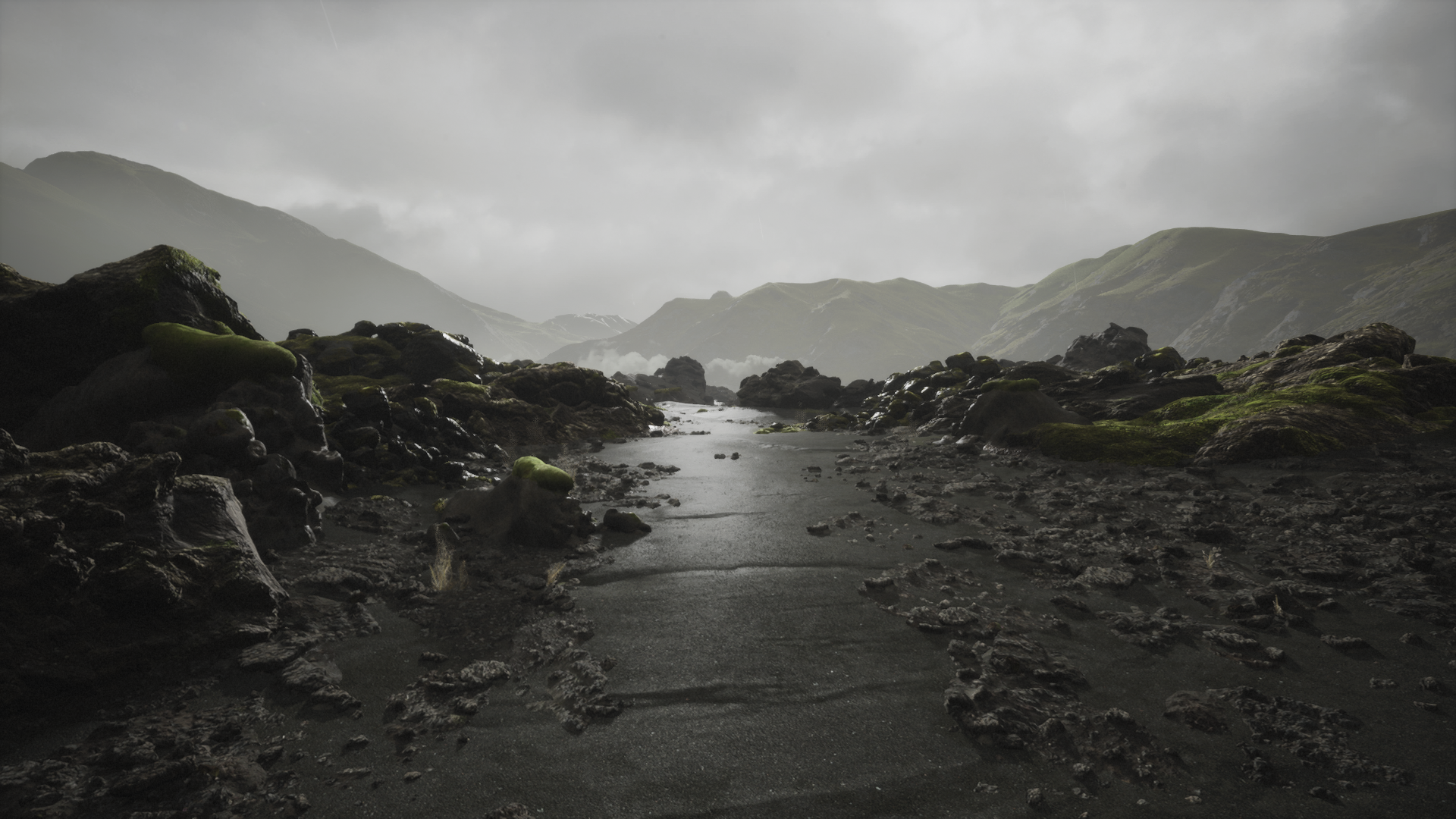
With that in mind, it could also be a game that helps players appreciate photography, whether that's playing around with different settings and understanding framing and composition. But while the game will include objectives, which will in turn unlock new features, such as new weather variations, and even a 'god mode' to fine-tune weather and lighting effects, Newell wants to keep these purely optional.
"I'm really inspired by contextless games, so when you play, you just sort of feel like you're yourself and you're doing what you would do in those situations," he says. "Where the player wants to explore and what they want to do is the top priority, I don't want them to be distracted. But those distractions are there for people who want to complete tasks because there's definitely a side of me that loves completing tasks as well."
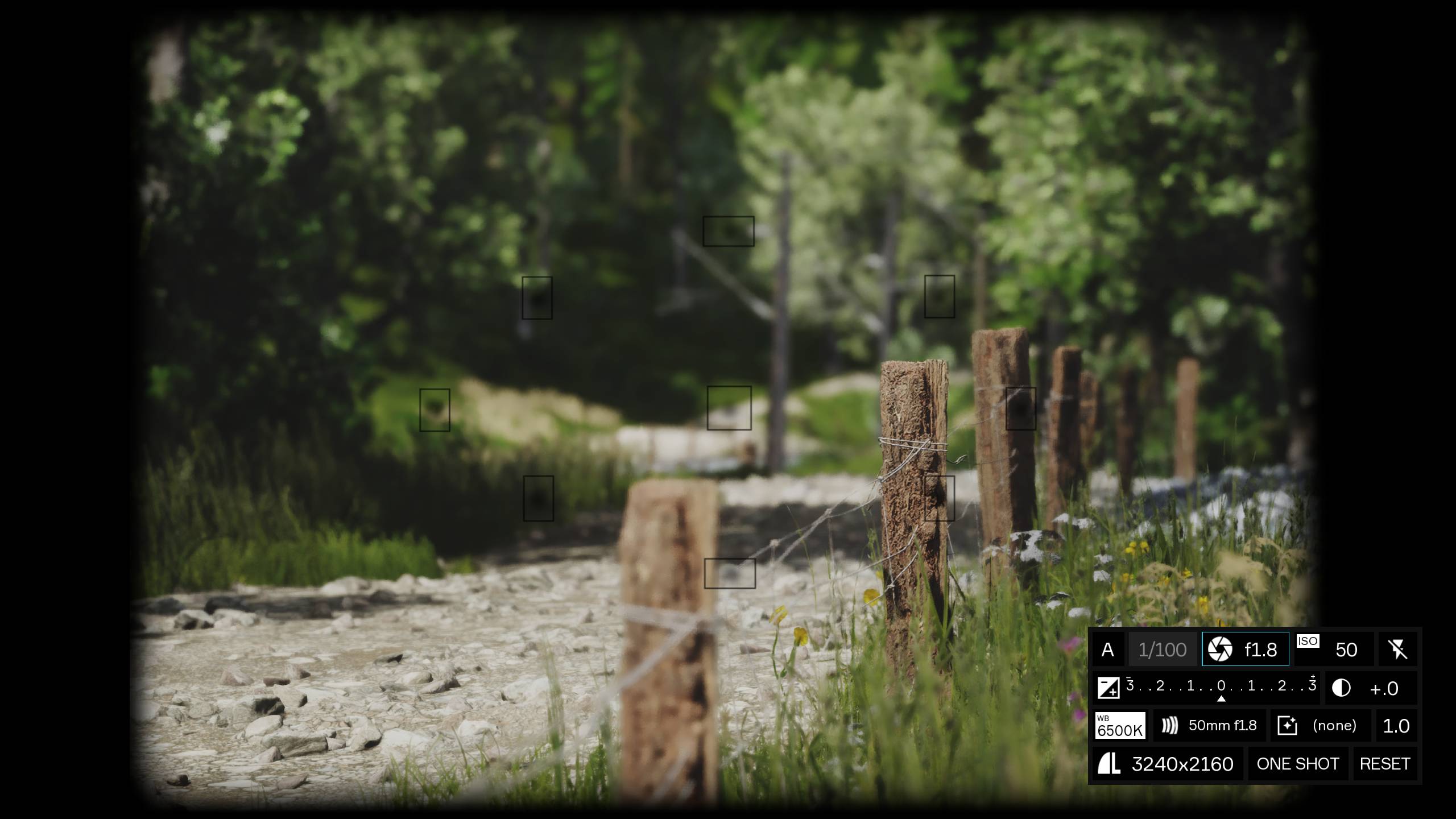
Lushfoil Photography Sim does not have a release date but you can try the demo now on Steam. Read our guides to the best game development software as well as picking up some tips in our tutorial on 'How to use Unreal Engine 5's new procedural tools' to create environments.

Thank you for reading 5 articles this month* Join now for unlimited access
Enjoy your first month for just £1 / $1 / €1
*Read 5 free articles per month without a subscription

Join now for unlimited access
Try first month for just £1 / $1 / €1

Alan Wen is a freelance journalist writing about video games in the form of features, interview, previews, reviews and op-eds. Work has appeared in print including Edge, Official Playstation Magazine, GamesMaster, Games TM, Wireframe, Stuff, and online including Kotaku UK, TechRadar, FANDOM, Rock Paper Shotgun, Digital Spy, The Guardian, and The Telegraph.
You must confirm your public display name before commenting
Please logout and then login again, you will then be prompted to enter your display name.
